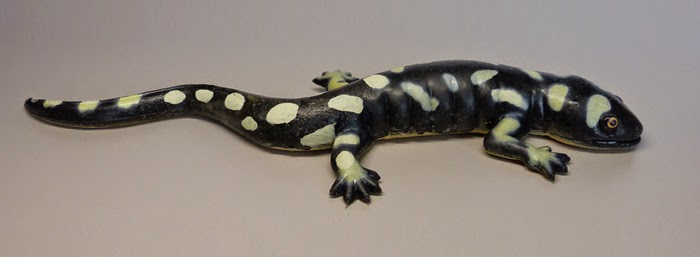SO-TA, a Japanese toy company, released this set of dung beetles in July 2022. There are actually two sets. These sets were released as a gashapon set (plastic eggs in vending machines) and as a boxed set. The sets both contained the same two species but in different colour schemes. The box set has a metallic brown coloured Kepher sp.
Animal Collection 1/1 Waxy Monkey Tree Frog & Breviceps adspersus (SO-TA)

So-Ta, a Japanese toy company, released this set of frogs this summer (2022). There are actually two sets. These sets were released as a gashapon set (plastic eggs in vending machines) and as a boxed set. The sets both contained the same two species but in different colour schemes. The box set has the designers initial colour scheme with the mint coloured Waxy monkey tree frog and the duller painted B.
Tiger Salamander (Wild Republic by K&M International)
Appaloosa Stallion, Blue Roan (Horse Country by CollectA)
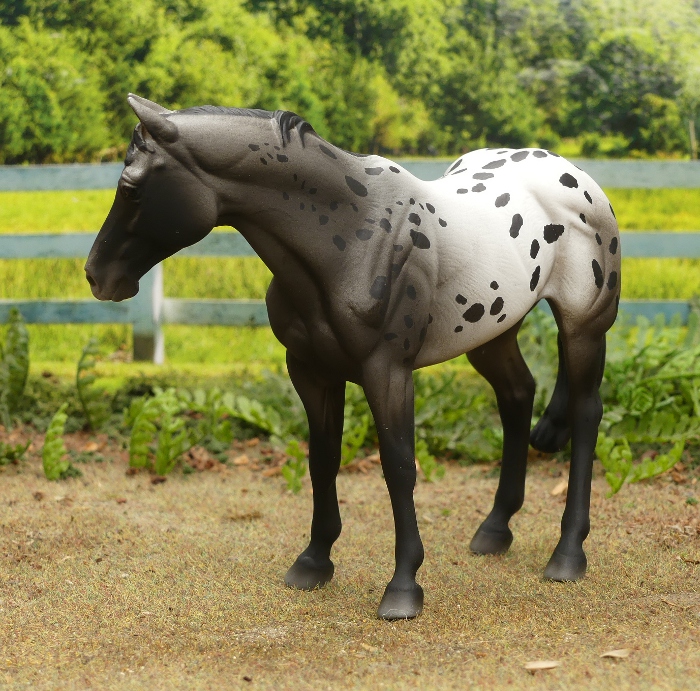
Review and images by Harecraft Horses; edited by bmathison1972
This is, as I’m sure all CollectA horse fans will recognise, an older mould re-released in a brand new colour for 2022.
Here he is alongside two of the older releases on the mould; the original Black Appaloosa Stallion from 2010, and the Buckskin Appaloosa (sometimes listed as Light Brown Appaloosa Stallion) from 2021.
Collared Lizard (Conservation Critters by Wildlife Artists, Inc.)
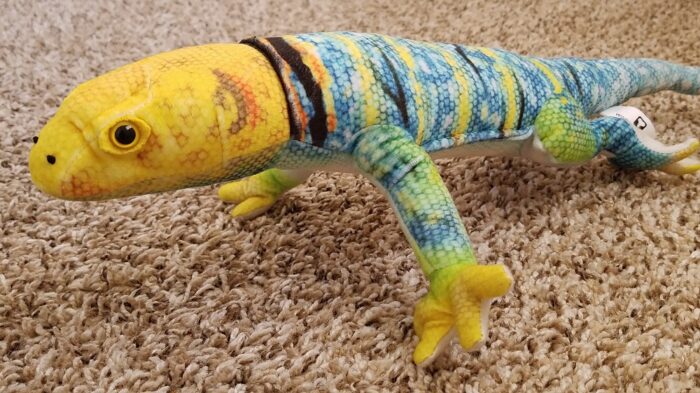
Review and images by Febrogon; edited by bmathison1972
Dogs, cats, and teddy bears tend to be the general preference for people wanting a stuffed animal; but I’m the sort of person who would rather cuddle a giant squid or lizard if given the chance. Naturally, good plush toys of creatures like reptiles are relatively less common, so I couldn’t help my attention being grabbed by a very nice-looking collared lizard on the shelf of the gift shop while visiting the Zion National Park last year.
Green Iguana (Wildlife by CollectA)

Aside from large crocodilians and tortoises, one of the most iconic reptiles of the Americas would be the green iguana (Iguana iguana). Green iguanas are native to South and Central America with invasive populations in parts of North America and the Caribbean. Taxonomy within this species has been controversial, with the current convention being the recognition of tentative subspecies.
Indo-Pacific Sailfish (Aquatales Polyresin by Kaiyodo)

Walk-around of the Kaiyodo Aquatales Polyresin Aquatic animal figure collection Series 1 No. 005 Indo-Pacific sailfish, Istiophorus platypterus Shaw, 1792. It was one of my most anticipated figure from the series. This small gem has a length of 131 mm FL (= Fork Length) or 118 mm SL (Standard Length, i.e.
Yakutian Stallion, Grey (Horse Country by CollectA)

Review and images by Harecraft Horses; edited by bmathison1972
CollectA’s new horses for 2022 are being sent out to stockists in two batches, some breeds now and the rest due in December (although of course these timings will vary by country – there’s always a delay while British collectors wait for the new figures to be shipped over, while the US and mainland Europe are buying them already).
African Wild Dog (AAA)

When it comes to the predators of the African plains, the “Savanah Summer” always offers a variety, no matter how you rate them. The biggest? The lion. Most numerous? The hyena (ok, not done yet, but one day). But if you were to ask for the most successful, it isn’t a feliform, but a caniform, the African Wild Dog (Lycaon pictus) With their pack hunting, they succeed in near all their hunts.
Atlantic White-Sided Dolphin (Wild Safari Sealife by Safari Ltd.)
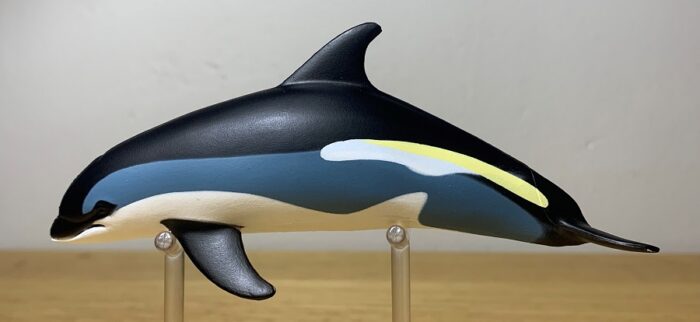
With its distinctive, sharply contrasting mix of gray, black, blue, white, and yellow coloration, the Atlantic white-sided dolphin (Lagenorhynchus acutus) is one of the ocean’s most attractive species of dolphin. And yet, it is not terribly popular with toy manufacturers which tend to focus on the far more popular but somewhat bland bottlenose dolphin.
Ring-tailed Lemur (Wild Safari Wildlife by Safari Ltd.)
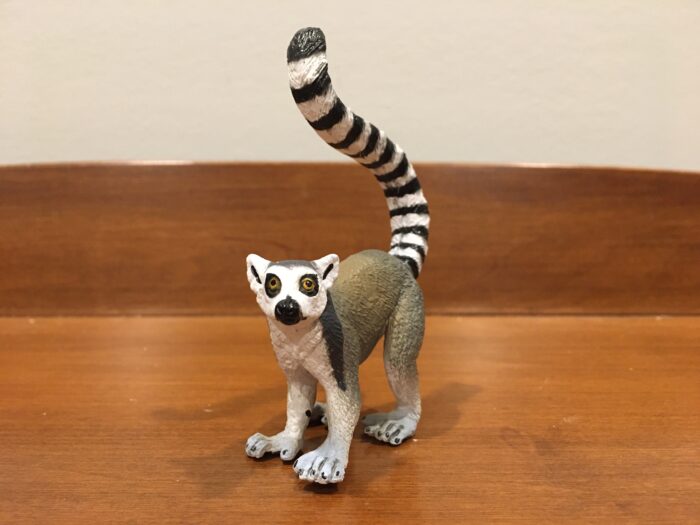
Review and images by Suspsy; edited by bmathison1972
Lemurs are primates endemic to the island of Madagascar. Although superficially similar to monkeys, they have evolved independently from them and can easily be distinguished by their enormous eyes and pointed muzzles. Of the 100 species described, the most famous and popular one of all is probably the ring-tailed lemur (Lemur catta).





